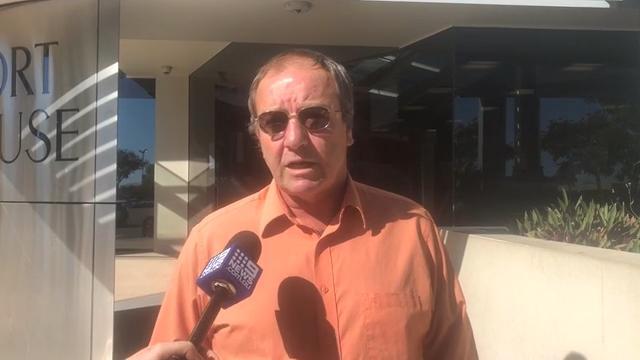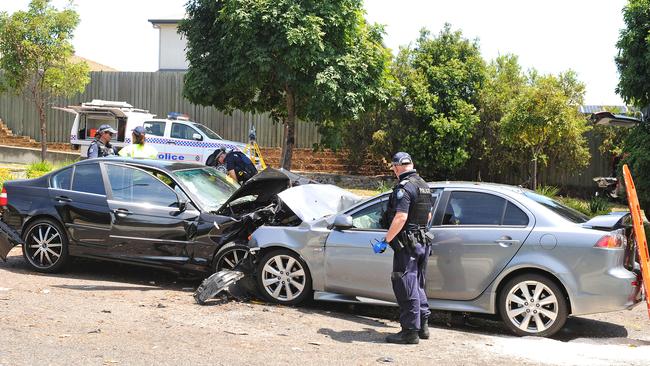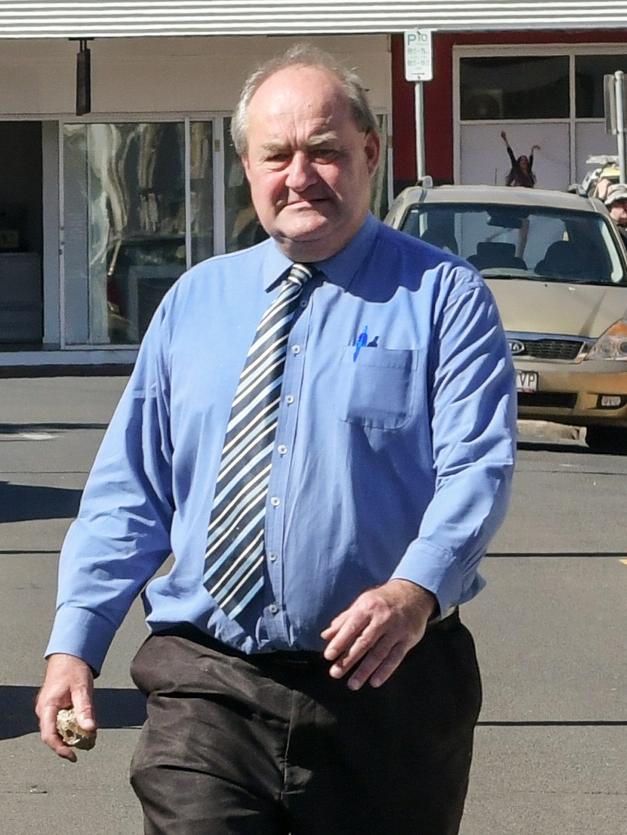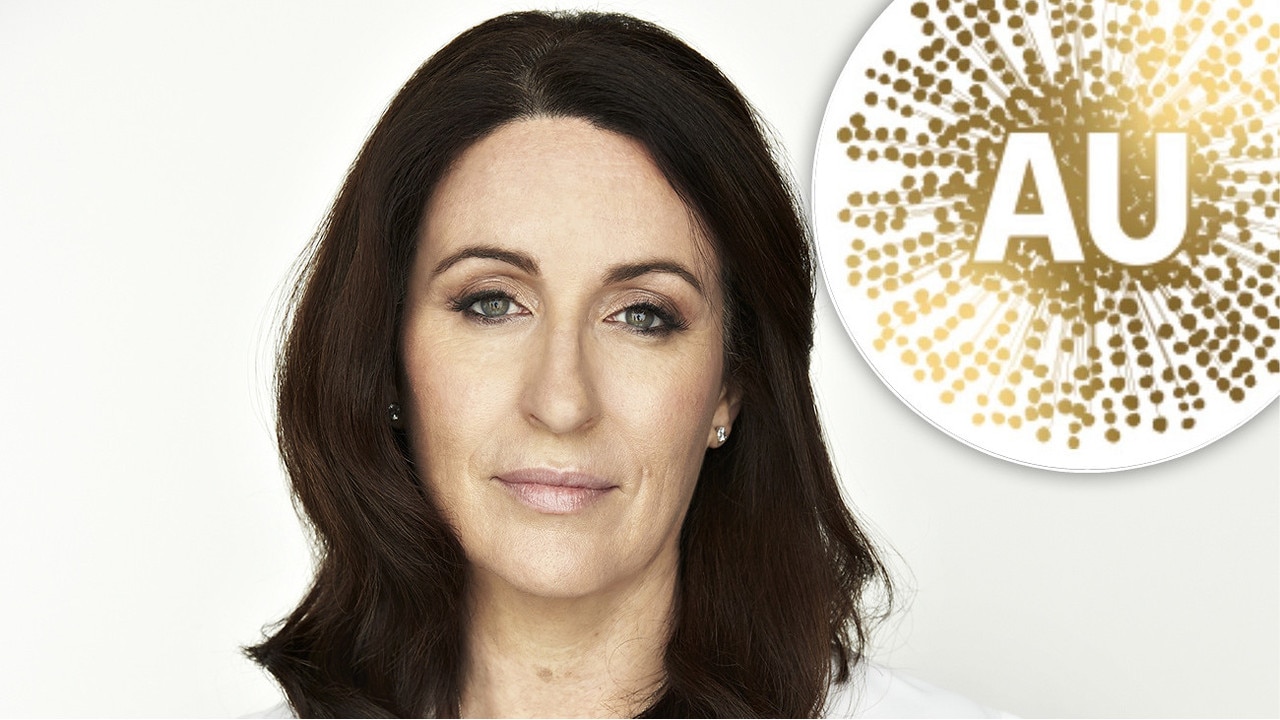Zero the only safe blood alcohol level for drivers
THE safest option for drivers is not to drink at all. So why is a magistrate calling for a raising of the legal limit? We should be dropping it to zero writes, Jane Fynes-Clinton.

Rendezview
Don't miss out on the headlines from Rendezview. Followed categories will be added to My News.
WITH respect, the magistrate got it wrong.
In a Bundaberg court this week, acting magistrate Neil Lavaring suggested that the legal blood alcohol limit for drivers should be raised.
Mr Lavaring questioned why Queensland had changed from the previous 0.08 limit, saying people at the lower end of the scale were not “grossly affected”.
“What I’m trying to say is the people who are 0.10 and above, they’re the concerning ones,” he told the court.
Of course, he is right. But surely the level of what is acceptable should not be set at ‘blithering’?
Mr Lavaring was deciding the fate of a Victorian man who pleaded guilty to the ‘general’ drink driving rate after being pinged while on holiday at Agnes Waters last month.
Michael Richard Donne had no criminal history and had to pay for flights and legal representation to face his fate, and Mr Lavaring noted these amounted to more than the fine.
The magistrate issued the lightest slap on the wrist he could give: a month’s licence suspension and a $100 fine.
The decision would not have made a ripple except for the magistrate’s comments.
Advocating for a loosening of the allowable drink-driving limits is akin to arguing that a little bit of street violence is acceptable, or a little bit of poison can’t hurt.

If we were brave enough, we would acknowledge that our acceptable blood-alcohol levels for drivers should be zero. Zip. Nada. Nil.
We have zero tolerance for drug driving. When a driver is caught with one of four drug families in their system, there is no wriggle room when they face court.
The argument that drug driving is different from drink driving is flawed. Certainly, the drugs tested for are illicit and alcohol is not, but the defendants are charged with having the drug present in their bodies when behind the wheel, not with possession or being under the influence of it.
The mere ingestion of it is enough to be considered an unacceptable risk to the rest of us.
Similarly, our newly-licensed drivers are not allowed to have alcohol present in their systems, an acknowledgment that even a little bit has potential to influence their own safety and that of others.
The only difference between new drivers and older is experience. Their skills are deemed under law to be the same.
The zero tolerance call is not the bleating of some wowser leading a push for temperance. I like a social lubricant as much as the next adult.
But it seems wrongheaded to accept that being in control of a metal monster after drinking alcohol is just ’what we do’.

The science is conclusive: drinking even a little bit affects our ability to concentrate on two or more tasks at the same time, to be vigilant, to see clearly, to react in a timely way, to maintain our position relative to changes in our surrounds.
If a person is intending to drive, the safest option is not to drink at all. Every government, road safety and evidence-based study says so.
And yet even as the risk becomes reality in the form of countless near misses and counted crashes, our law makers allow it, parsing and paring in approving of drinking and driving — a little bit of it, anyway.
Politicians occasionally play at tightening the laws when they perceive the public has the stomach for it. Early last year, they asked for submissions on a proposal to, among other things, limit access to work licences for offenders.
Queensland is one of the few Australian jurisdictions that has that option, and — incredibly — one in eight drink drivers here is granted a work licence.
The discussion paper suggested introducing more mandated counter measures for offenders and expanding the use of the interlock system.
About 18 months on, the results and the government response must have become lost in the ether.
The DrinkWise website says a blood alcohol reading of 0.05 means a driver is twice as likely to have a crash than before they began drinking, and 0.08 would render a driver five times more likely to crash.
Would I want to be on the roads with those legally driving at just under 0.08, as suggested by the Bundaberg magistrate? Not on your nelly.
One in five road fatalities involves alcohol and about half of drink driving offences in Queensland are for being above .05 but below .10.
A little bit can cause great harm: only 20 per cent of drink drivers involved in fatal crashes and a third involved in crashes leading to admissions to hospital had higher than mid-range readings.
Taking it off the table entirely would create a shiny, safer, brand new world on the roads.
Who would be the winners and losers of having a zero tolerance for drink driving?
Drivers would be winners because what they lose in being able to drink they make up for in having certainty. If they drink, they cannot drive. There is no guesswork, counting drinks or crossed fingers.
It would be a boon for Uber, taxi drivers and other transport businesses, emergency rooms and the road toll.
The only losers would be licensed premises and the government coffers bolstered by fines.
The best number is sometimes none at all.
Dr Jane Fynes-Clinton is a journalist and lecturer at the University of the Sunshine Coast.


